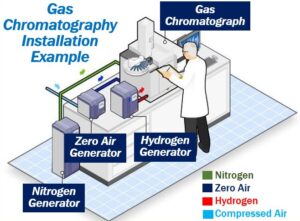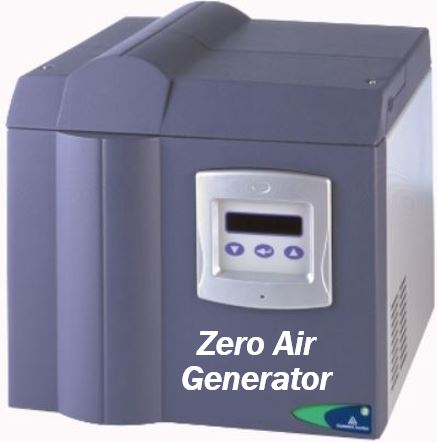Zero air refers to air that has been purified. For it to be classed as 0 air it should incorporate much less than 0.1 PPM of total hydrocarbons. The letters PPM stand for components in line with million.
A hydrocarbon is a compound that carries handiest hydrogen and carbon. Hydrocarbons are the principle additives of natural gas and petroleum. Methane, for example, is a hydrocarbon. Its chemical formulation is CH4, because of this that that it includes one carbon atom and 4 hydrogen atoms. Propane (C3H8) and ethane (C2H6) also are hydrocarbons.
We create this ultra-purified air through blending natural oxygen with natural nitrogen, thereby doing away with all of the impurities that exist in ambient air.
Requirement of some lab applications

Zero air is largely a combination of gases: oxygen and nitrogen. Some laboratory applications are handiest feasible with this form of filtered ambient air. The presence of hydrocarbons might undermine the ones lab applications.
Wiktionary has the following definition of the term:
“Atmospheric air mainly wiped clean in order that it carries much less than 0.1 ppm of hydrocarbon impurities; it then is usable in laboratory processes inclusive of variations of gas chromatography wherein sufficiently natural air can also additionally function a provider gas.”
Zero air generators

A excellent zero air generator ought to produce a continuous float of dry, clean air with extraordinarily low hydrocarbon content, i.e., much less than 0.05 ppm. The generator can produce this ultra-clean air from an present compressed air deliver.
Praxair says the following regarding these generators:
“The generators may be used to deliver zero air to GC-FID, FPD, NPD, LC/MS, THA and gas sensing applications.”
“Zero air generators are smooth to install. All this is required is a trendy compressed air line and an electrical outlet. There aren’t anyt any complex running processes to research or any hard work in depth tracking required.”

